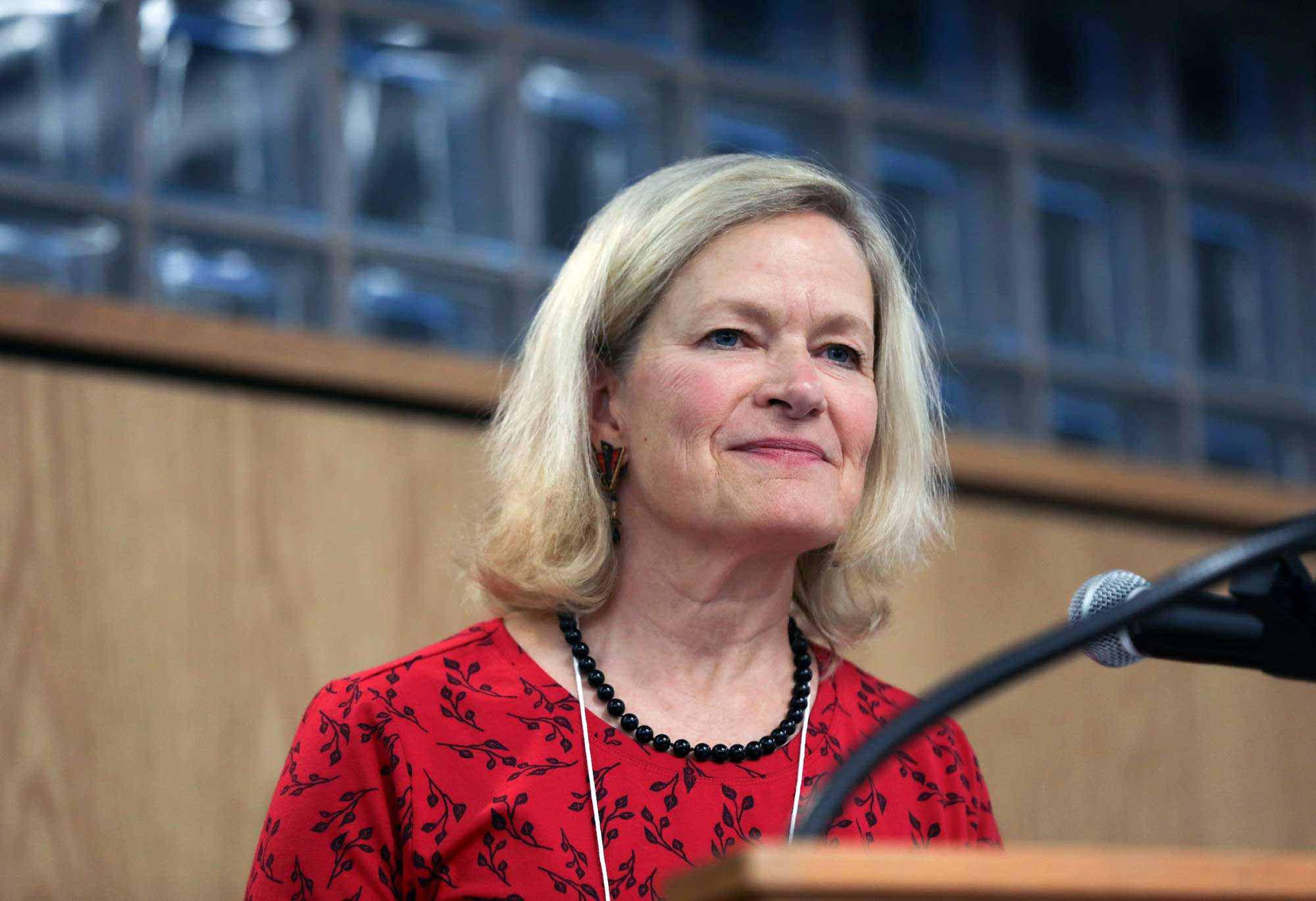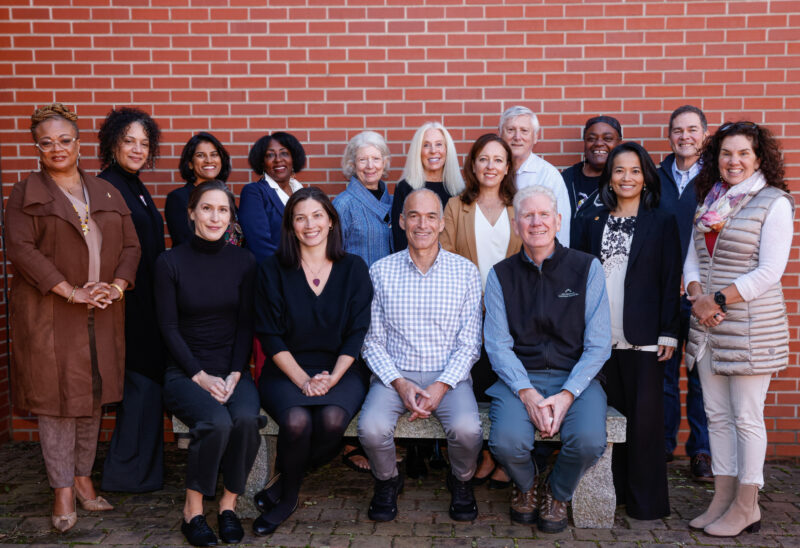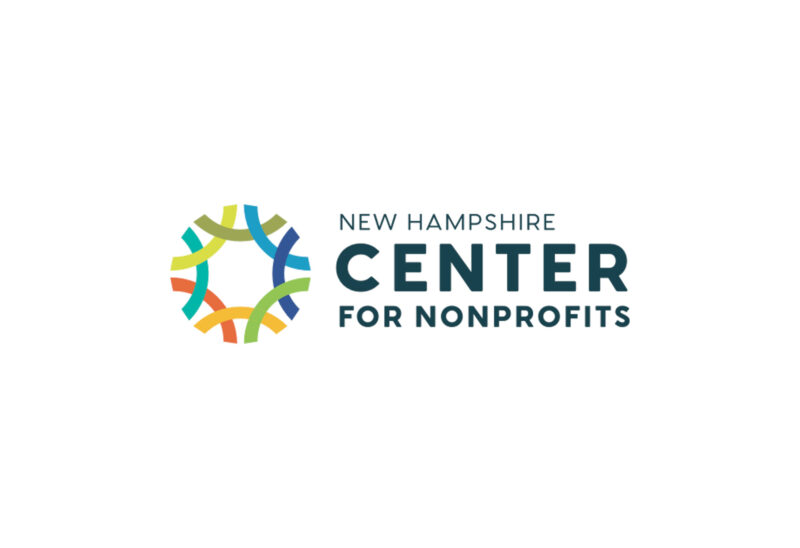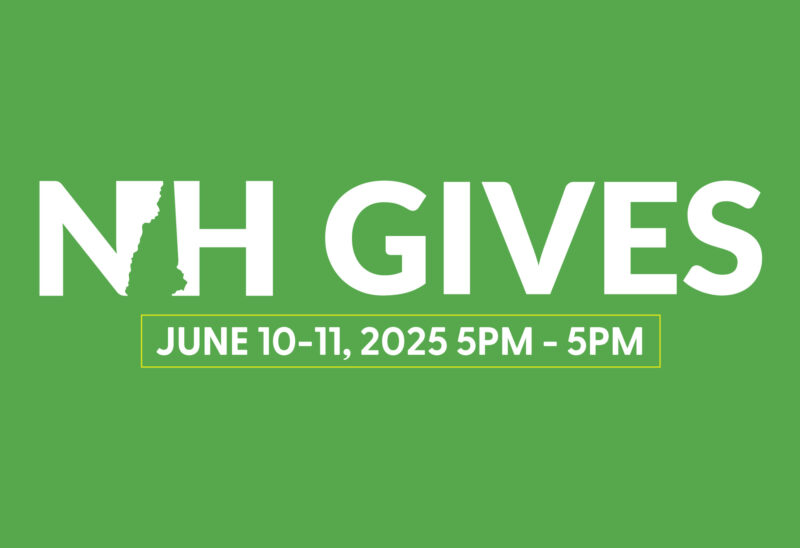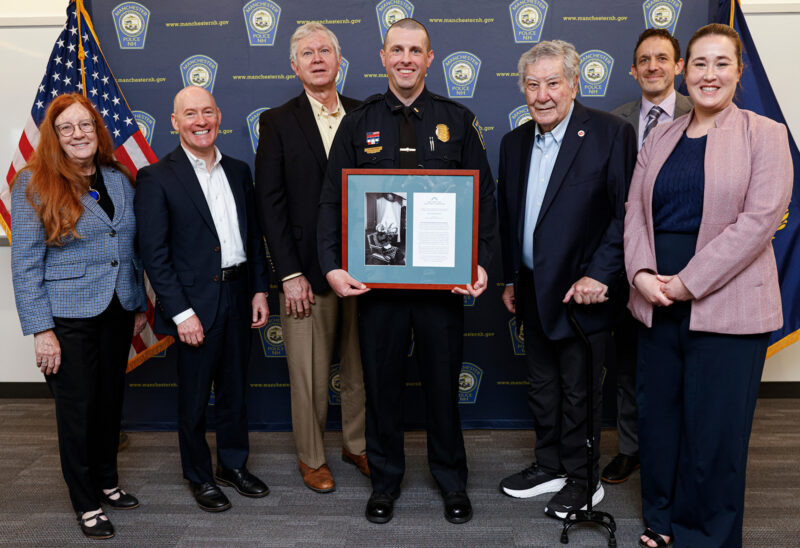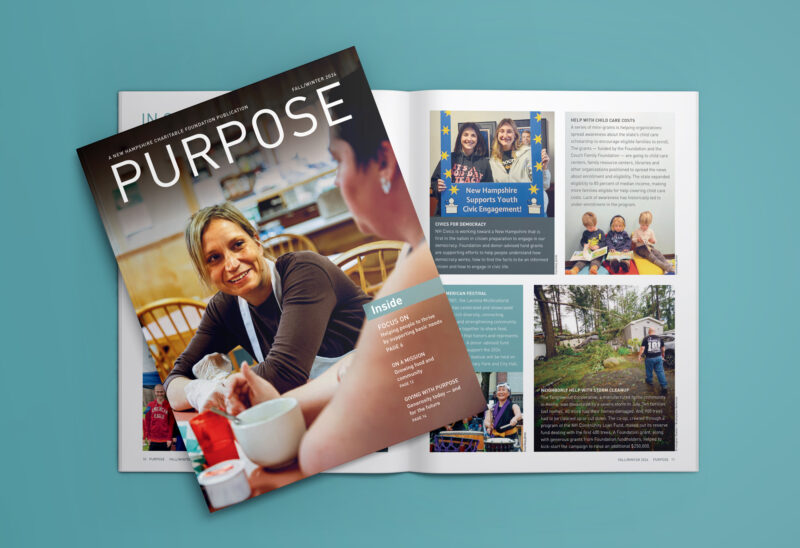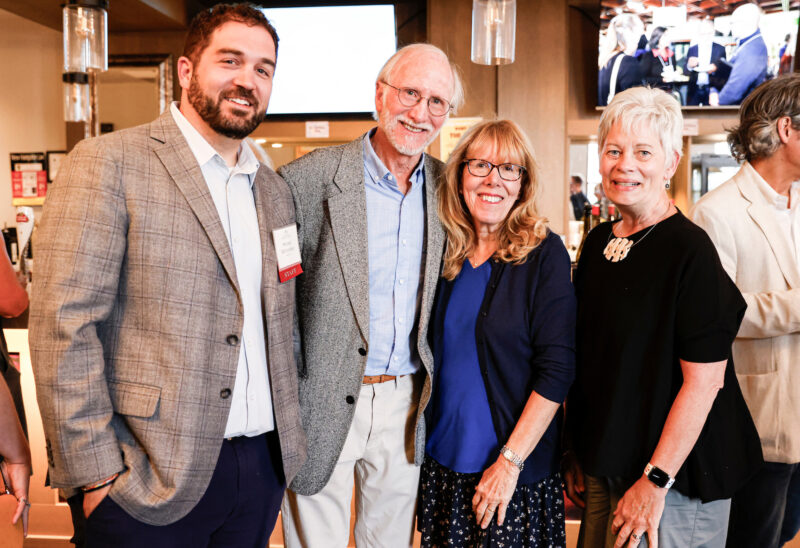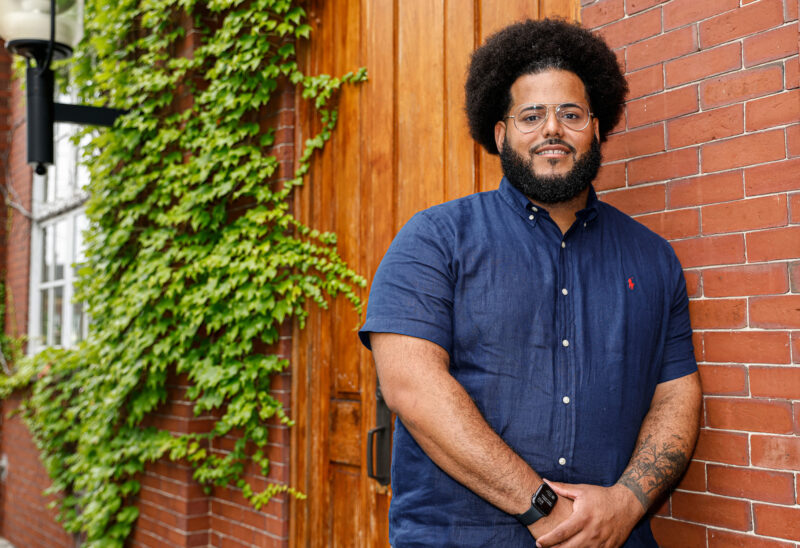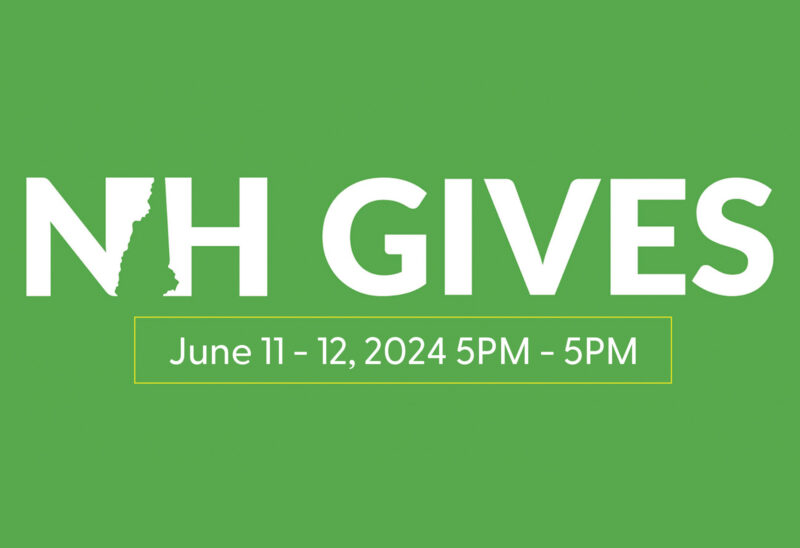Sarah Jackson of Vital Communities spoke at a Charitable Foundation community event in Norwich, VT in September. A transcript of her remarks follows.
Good evening, fellow advocates for thriving communities. Thank you for inviting me to this celebration of a New Hampshire for all.
This theme resonates for me because I grew up in New Hampshire. But like many young people, I left to go to college, and then stayed away for over 25 years, with a career and family life that took me to Egypt, Senegal, Kenya and Oman. I worked with nonprofits wherever I was, focusing on initiatives that ranged from agricultural development and entrepreneurship to women’s empowerment and environmental sustainability. It was challenging, fulfilling work, and I loved it. But as time went on, I was increasingly drawn to return to New England.
Growing up in New Hampshire, I’d had a front-row seat to the beauty of our region’s landscapes, our tight-knit communities, and our resilience. I also witnessed the challenges faced by too many individuals in accessing essential resources and opportunities to enable them to thrive. I felt called to return to my roots, to apply my skills and learnings back home. That is what inspired me to join Vital Communities as Executive Director in 2020.
Founded 30 years ago, Vital Communities’ mission is to engage people, organizations, and communities to create equitable solutions to our region’s challenges. We are not just an organization, however; we are a movement with collaboration at the heart of our work. We believe in the strength of our communities and the catalytic effect that occurs when diverse minds unite for a shared purpose. That is why the theme for tonight — A New Hampshire for all takes all of New Hampshire — resonates so deeply not just with me, but with Vital Communities as an organization. Working on both sides of the Connecticut River, we reach 34 municipalities in New Hampshire as well as 35 in Vermont, the region defined by our local newspaper as “the Upper Valley.”
As we engage communities throughout this region, my colleagues and I strive to bridge the gaps between the public, private, and nonprofit sectors — forging partnerships to address community-defined challenges head-on. We are working hard to integrate justice, equity, diversity, and inclusion into all that we do, both internally and externally. Our work weaves together climate change mitigation and adaptation, local economic development, affordable housing, sustainable food systems, carbon-reducing transportation, place-based education and civic leadership.
So as you can see, our work does not fit neatly into a sound bite. Nor does our impact. Here are a few examples.
Our Upper Valley Everyone Eats [UVEE] program — part of a transformative statewide initiative in Vermont — nourished not just bodies, but also a sense of belonging and shared responsibility for one another’s well-being. In the face of growing and persistent food insecurity during COVID, we used federal funding and worked with a wide range of partners to provide over 200,000 ready-made meals to people needing sustenance. The program allowed local restaurants to stay in business during the pandemic as they prepared those meals, and because they sourced over 30 percent of their ingredients locally, it generated valuable revenues for local farmers as well. Meals were delivered through food shelves, community centers, schools, and other local hubs.
Another example of impact is our Early Childhood Education (ECE) Initiative. Two years ago, many of the groups we convene — municipal leaders, economic development professionals, and major employers — repeatedly asked, “Can Vital Communities bring people together to address the childcare crisis?” We turned to people working in the ECE sector, who said they desperately wanted to reach those very groups, to share their challenges and seek solutions. We now have all of those voices at the table and are co-creating new approaches to increase the affordability and accessibility of childcare. As we facilitate plans for new ECE centers, create linkages that result in innovative training programs, support home-based providers, and amplify advocacy work on both sides of the river, our efforts are catalyzing change that strengthens families, supports the workforce, and sets the foundation for the next generation’s success.
A final example that I’ll share with you is the Upper Valley Housing Fund. Initiated by the Vital Communities Corporate Council, the fund totals almost $10 million in investment from many of our region’s employers. It stands as a testament to the value of collaboration. It is catalyzing the construction of an estimated 260 units of much-needed housing for renters with low to moderate incomes — meaning those making under $23 an hour. The first project, the 42-unit Riverwalk Apartments in White River Junction, is scheduled to open this April. By uniting the efforts of various stakeholders, we are addressing housing scarcity, enhancing economic mobility, and giving individuals and families the chance to put down roots in our community.
Vital Communities is proud to be part of a movement to create a thriving Upper Valley — and within that, a thriving New Hampshire. But this movement is not exclusive — it calls upon each and every one of us to join hands and work together.
And so, I extend a call to action to each one of you. Embrace the Vital Communities spirit and be a collaborative catalyst for positive change, whatever your spheres of influence. Join us in making our communities places where everyone belongs and everyone thrives.

